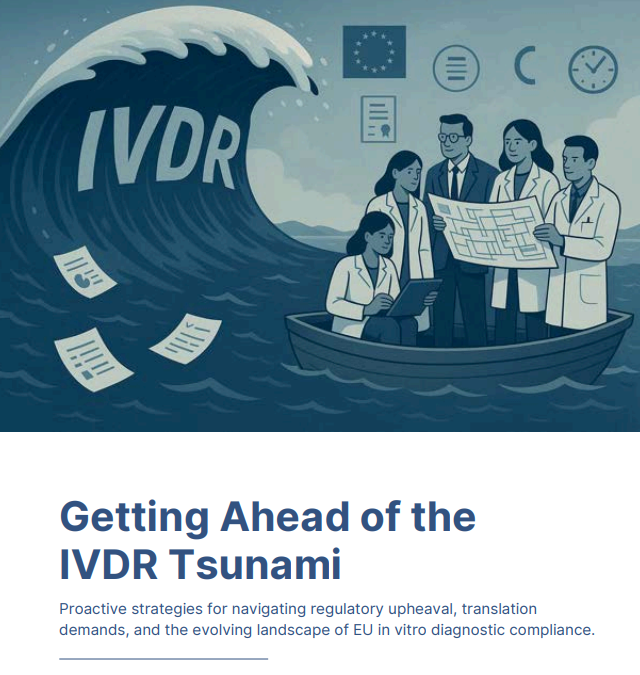Continuing from our discussion on the best practices for conducting Cognitive Debriefing (CD), let’s delve into the crucial first step of this process: the recruitment of participants. This phase sets the tone for the entire Cognitive Debriefing process, and effective recruitment strategies are key to gathering valuable insights from a representative sample of the target population.
Effective Recruitment Strategies for Cognitive Debriefing
Recruitment is a nuanced process that requires careful consideration of who will provide feedback on the translated questionnaire. Here are some detailed strategies:
Defining Participant Criteria:
1) Establish clear inclusion criteria based on the project’s needs, such as native language proficiency, age, gender, and health condition.
2) Aim for a mix of participants that mirrors the diversity of the patient population, including variations in educational level and socio-economic status.
Leveraging Multiple Recruitment Channels:
1) Utilize patient databases, healthcare providers, and community organizations to identify potential participants.
2) Consider local advertisements, social media, and support groups for conditions relevant to the questionnaire.
Ethical Considerations and Incentivization:
1) Ensure that the recruitment process is ethical, with clear communication about the purpose of the CD and the voluntary nature of participation.
2) Provide appropriate incentives that respect participants’ time and contributions without unduly influencing their decision to participate.
Overcoming Recruitment Challenges:
1) Address common barriers such as mistrust or lack of interest by emphasizing the value of participants’ input to health research.
2) For hard-to-reach populations or those with specific health conditions, collaborate with clinicians who can facilitate access and provide legitimacy to the research effort.
Screening and Selecting Participants:
1) Conduct thorough screenings to ensure that participants meet all study criteria and can provide informed feedback.
2) Prepare to over-recruit and have backup participants ready, as no-shows and drop-outs are common.
Logistics and Participant Comfort:
1) Schedule interviews at times and locations convenient for participants, being mindful of their health and mobility limitations.
2) Ensure that the interview environment is comfortable and private, which can encourage more open and honest communication.
Conclusion
The recruitment phase is more than just finding individuals to participate; it’s about ensuring that the right mix of people are selected to provide feedback that is both comprehensive and representative. An effectively recruited cohort will enhance the quality of the CD process, leading to translations that truly resonate with the target patient population.
In the forthcoming article, we will provide insights into the subsequent stage of the CD process: the preparation for the interviews, including essential background research and materials needed for a successful session.







